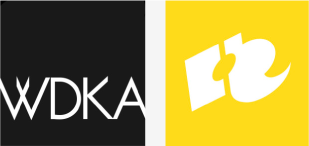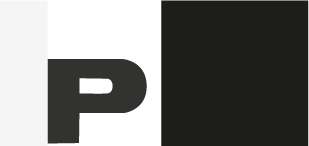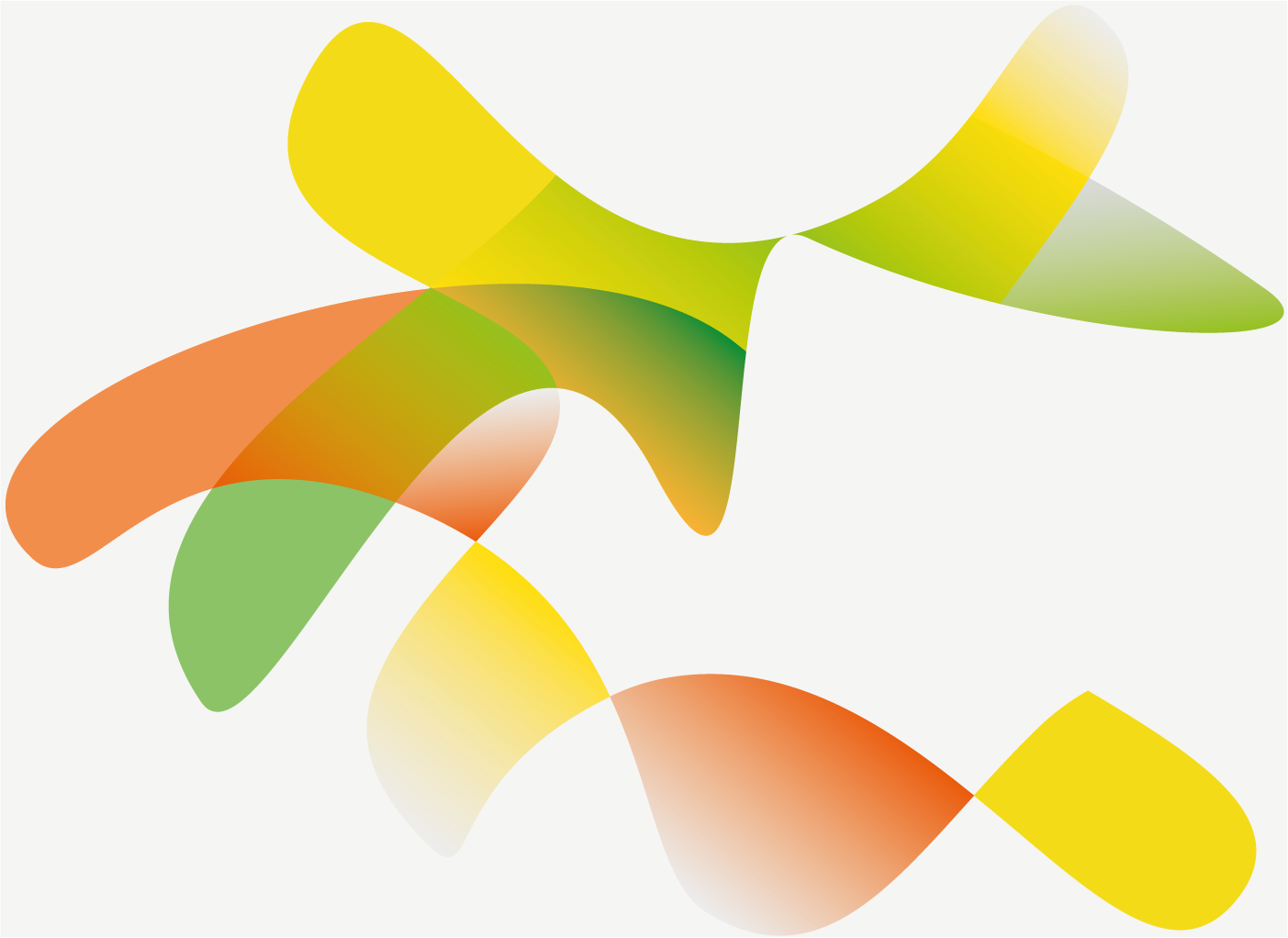Inspire an audience to think not only about what they do want for their future selves but also what they do not want.
James Auger
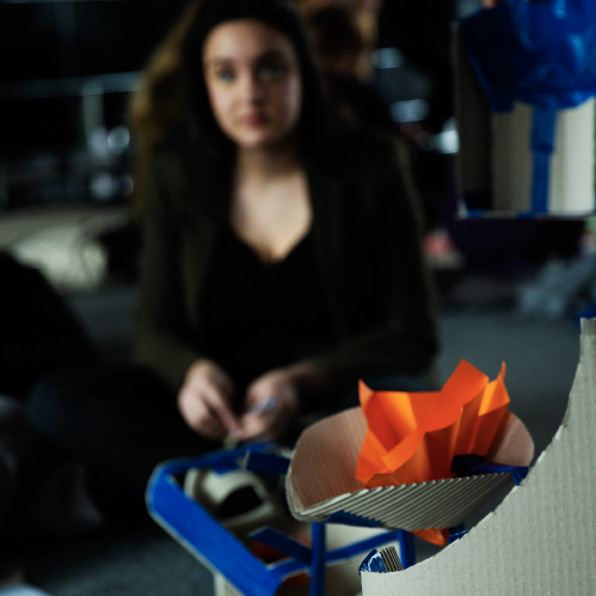
A society ruled by an Rat-King AI. Interspecies sporting events, music festivals and drug trips, or a culture transmitted by the consumption of genetically modified seed-pods of wisdom. These worlds and more came together around cardboard models envisioning how humans and non-humans might live and progress together from bare survival to thriving cultures. We’re exploring these futures through collective imagination and crafting, but why have our participants go through this particular process together?
Zoönomic Futures
The Zoönomic Futures workshop is a speculative part of the larger Zoöp Project, which deals with the question of how to create a practical ethics for a society that is no longer human-centricor more-than-human. In the workshop a future scenario is narrated by two facilitators. With the support of overhead visuals and a live soundscape, a story is told of a group of humans who take to the ocean in the late 21st century in search of a new way of life.
The workshop participants are faced with challenges as they experience the events presented to them through the overarching narrative. A storm for example may bring hunger, and water contamination. New technologies can disrupt social dynamics. Working in groups, the participants take on roles representing human and non-human interests, and collectively build cardboard and duct-tape models of floating habitats that they imagine themselves to inhabit. These serve to materialise their discussions as they move from decisions over life and death, to developing new technologies, and considering the future cultures they would like to create.
Crossing the Perceptual Bridge
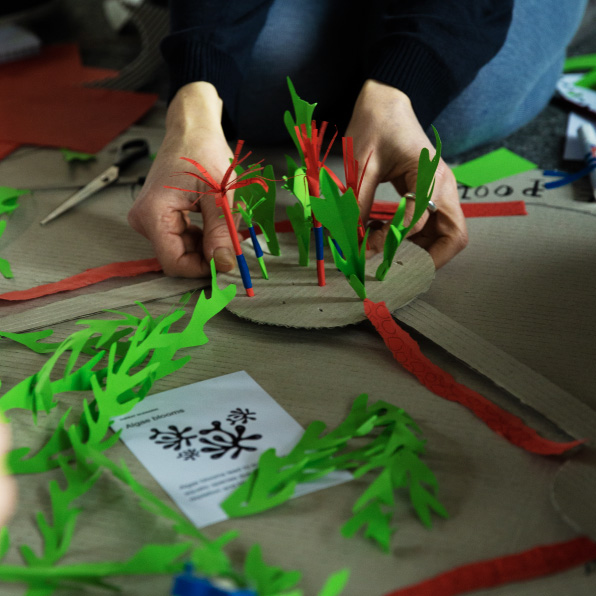
Lexicon
Zoöp
The Zoöp is a new mode of collaboration. The word Zoöp is a contraction of Zoë, ancient Greek for life, and coöp for coöperation. It is a proposed legal form of incorporation. A formal mode of collaboration between humans and collective bodies of non-humans that supports ecological regeneration, and allows the coöp to interact with existing organisations such as foundations or companies through the currently existing economic and legal structures.
The Zoöp project is an artistic and pragmatic response to the threat of anthropogenic climate change. A long-term practice-based program of research into the design and implementation of this new form of incorporation.
The project team is a diverse collective of designers, researchers, soil-builders, and legal experts. We operate from a belief in the need to envisage radical new alternatives to the current status quo of human and non-human interactions, and the conviction that technology alone will not save us from the various socio-ecological crises the planet faces. Most importantly, we hold the view that a more-than-human perspective that acknowledges the interdependencies of life will allow for a more comprehensive, integrated and sustainable imagination of climate-resilient futures.
For more information, visit the Zoöp Project at Het Nieuwe Instituut.
More-than-human design
Or more-than-human-centric design. A viewpoint in speculative design that extends the human-centered view to include broader systems of, implications for, and modes of coöperation with non-human life. Also taking ‘multi-species’ into account here as this comprises or involves more than one species. Taken here to also mean that the interests of all species are represented, not solely the human perspective.
So what is the purpose of us having our participants create these cardboard models, inhabited by a fictive mix of future human and non-human life? Why not just have a discussion group to go through these issues?
It’s not easy to imagine the conflicts and complications that might arise in a society based on different principles to the world as we currently know it. We believe that building a collective representation of a speculation can serve as a tool for bringing a group together around a shared image of a future.
James Auger* is a researcher and designer who has written extensively on the methodology of speculative design1. In his view it is plausibility that is key to the suspension of disbelief. He describes the requirement for “a bridge to exist between the audience’s perception of their world and the fictional element of the concept”. Crossing this “perceptual bridge” allows a speculative work to inspire and influence. If an object or technology is too alien, it will not resonate with its audience, and therefore not be effective.
Speculative design workshops however, are often focused on specific technologies and the products and services that might arise from, or depend on them. The Zoönomic Futures workshop differs here in that the Zoöp project is not envisioning a design product, but attempting to speculate on the consequences of basing a culture on a novel socio-political organisation, the Zoöp.
In our case neither the workshop designers or participants are creating artifacts that rely on their plausibility to achieve suspension of disbelief. Instead this comes through the experience that the participants co-creatively build for themselves, within the world that is created around through the performance. Their cardboard and duct-tape constructions are not design concept proposals for future products or services, instead they are collective imaginations of societies that are based on a principle that differs radically from the human-centric mode. A society based on values of equal representation for humans and non-humans, and aimed at ecological regeneration instead of economic growth.
Spanning the Experiential Gulf
The idea of experiencing visions of the future with the aim of effectively and critically engaging diverse audiences had manifested itself in recent years in the domain of futures studies as Experiential Futures. This umbrella term encapsulates a wide range of designed artefacts, media and installations, all of which are aimed at establishing depictions of possible futures. Where this distinguishes itself from the objects created in speculative design as described by Auger*, is in that the future scenarios are presented in such a way as that they can be experienced in ‘real life’, at a one-to-one scale. The aim is to make the scenarios directly relatable, making it easier to imagine how the changes that they show would affect one’s own life.
Futurist Stuart Candy* calls this distance between abstract possible futures, and life as it is directly experienced in the embodied present the experiential gulf. This concept is similar to the perceptual bridge in that it describes a space that exists between an audience and a vision of the future.
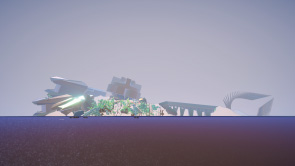
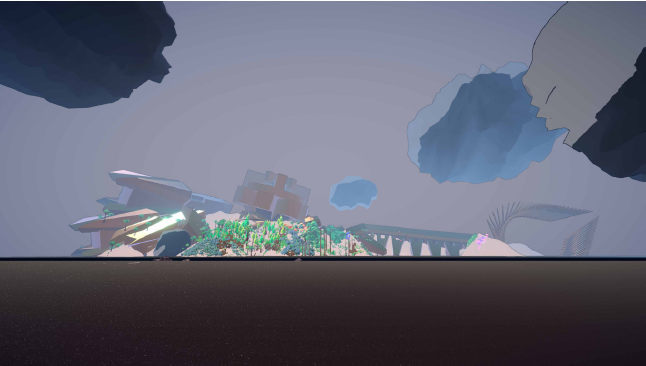
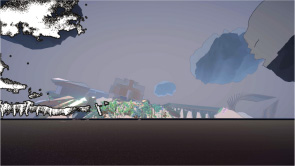
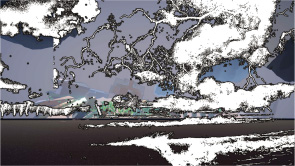
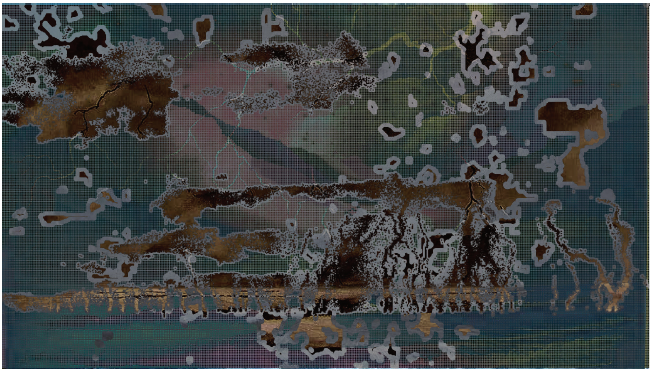
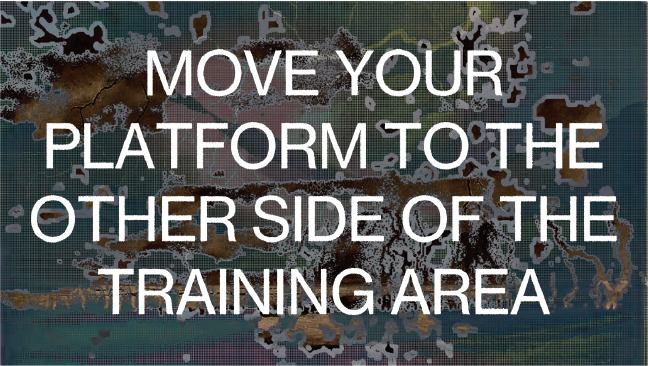
The approaches of Speculative Design and Experiential Futures rely on the vision of the designer to connect audiences to their depictions of futures. Either an object must have some degree of plausibility, or a changed world must be depicted through a life-sized ‘lived’ experience. The role of the audience is either that of a consumer or spectator, they do not have any agency in the creation of the speculative world. Herein lies a key distinction from the way in which we are exploring futures in the Zoönomic Futures workshop.
We do set out parts of a vision of the future. The workshop narration, visuals and soundscape work together to depict a story which our participants experience. We have not, however, created any props, prototypes or models through which the participants can relate to this world. They create their own models, building in response to the events in our world. Creating their own worlds within the scenario we depict gives them the opportunity to invest something of themselves, giving them ownership over the futures they create.
Critical Collective Crafting
Recent research (Light 2019)* in the area has shown that imagination can support engagement with complex issues such as climate change, by aiding and inspiring collective reflection on the radical effects of the possible changes in natural, as well human socio-technical and political systems. Being able to think about these changes in a structured way, even if initial explorations may be somewhat absurd, can give people some sense of ownership over their futures. The better they are able to envision possible change, the easier it is to believe that change is possible.
Our ‘floating habitats’ are not architectural models, prototypes, or templates for model societies directly meant to reflect possible physical realities. Instead they are conceptual spaces that physically manifest the collective imaginings of our participants. The lo-fi materials used in the workshop are accessible to most audience members, and the combination of crafting with discussion allows participants to engage with the scenario in a variety of ways. This allowance for diversity of thought and expression makes the process more inclusive.
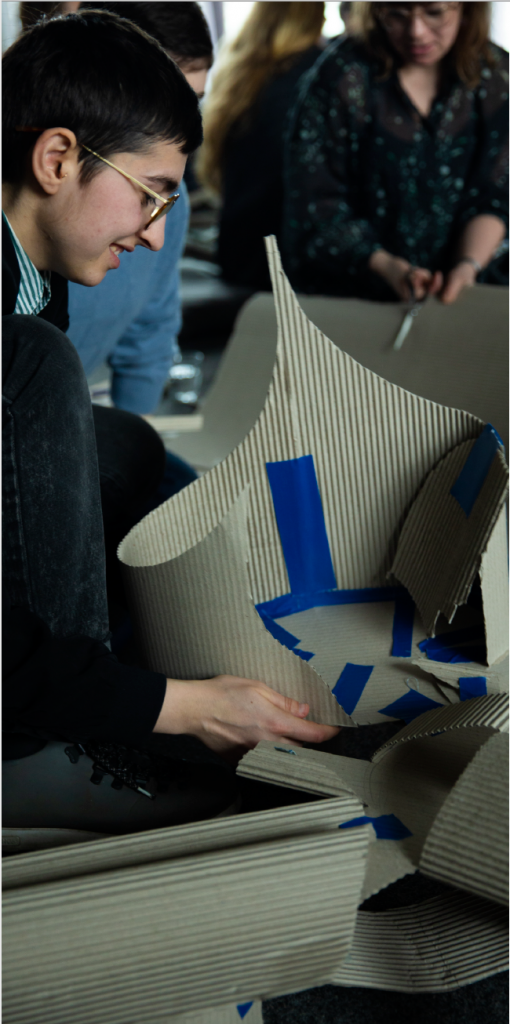
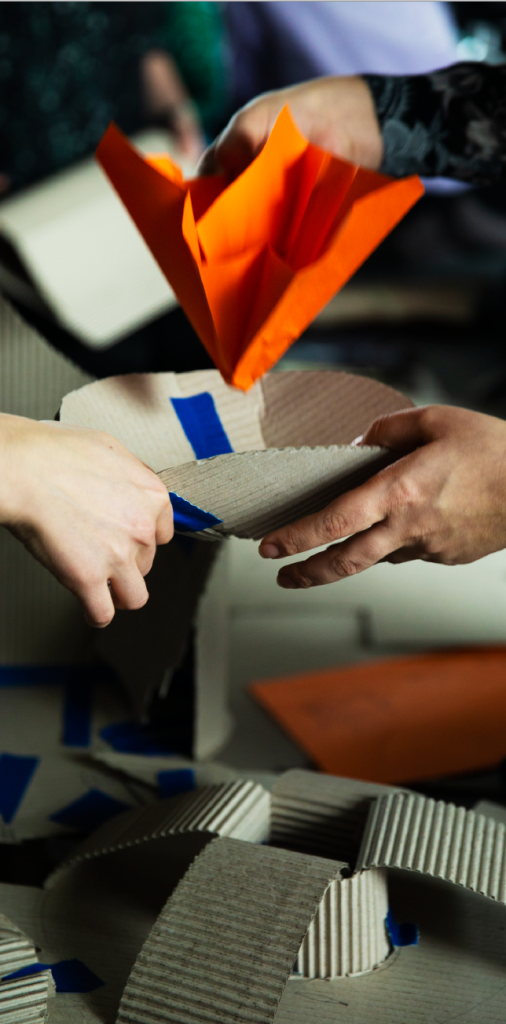
Pumfino Donut constructing the elements of a water filtration system imagined to out-last the humans on board their habitat.
What matters most to us in the Zoönomic Futures workshop is not our depiction of the future, but providing just enough of a world to get the participants into a mindset where they’re engaging with the subject matter. From there they collectively create an experience within which they not only suspend disbelief but also invest something of themselves.
When describing how Critical Making differs from Critical Design, founder of the Critical Making Lab Matt Ratto* states The final prototypes are not intended to be displayed and to speak for themselves. Instead, they are considered a means to an end, and achieve value through the act of shared construction, joint conversation, and reflection. The value of the co-creation is in the participants together experiencing a practice-based engagement with pragmatic and theoretical issues.
Shaping the non-existent
Ultimately the future does not exist. Yet, a multitude of futures is constantly shaped by our collective actions. The goal of the Zoönomic Futures workshop is to lead participants to a place where they experience an insight or reflection on some level that changes the way they see or behave in the world.
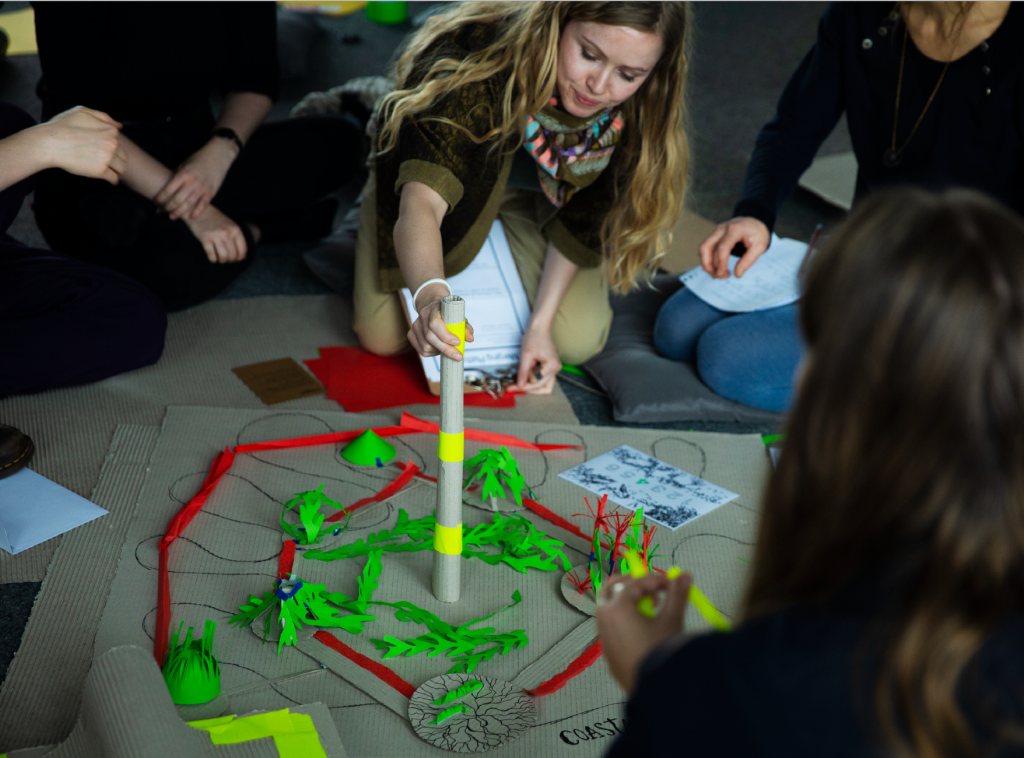
accomodate each other.
Behavioural change is hard to measure in the short term, and is the subject of ongoing research both in the Zoöp project and others like CreaTures*. Our hope is to achieve steps towards it through the process of shared construction, joint conversation, and reflection, leading to a more equitable world in which humanity finds itself in better balance with the ecosystems it inhabits. Not because this is the world we told our participants about, but because they collectively came to this place through the stories that they told together.
“Critical making emphasizes the shared acts of making rather than the evocative object”
Matt Ratto
REFERENCES
James Auger, Speculative design: crafting the speculation, in Digital Creativity, 2013 Vol. 24, No. 1
Stuart Candy and Jake Dunagan, 2017. Designing an Experiential Scenario: The People Who Vanished, in Futures, 2017 86, p.136-153.
Ann Light, Ruth Wolstenholme & Ben Twist, Creative practice and transformations to sustainability, Insights from research, in SSRP Working Paper, 2019 No. 2019-1
Matt Ratto, Critical Making: Conceptual and Material Studies in Technology and Social Life, in The Information Society, 2011, 27, p.252–260

